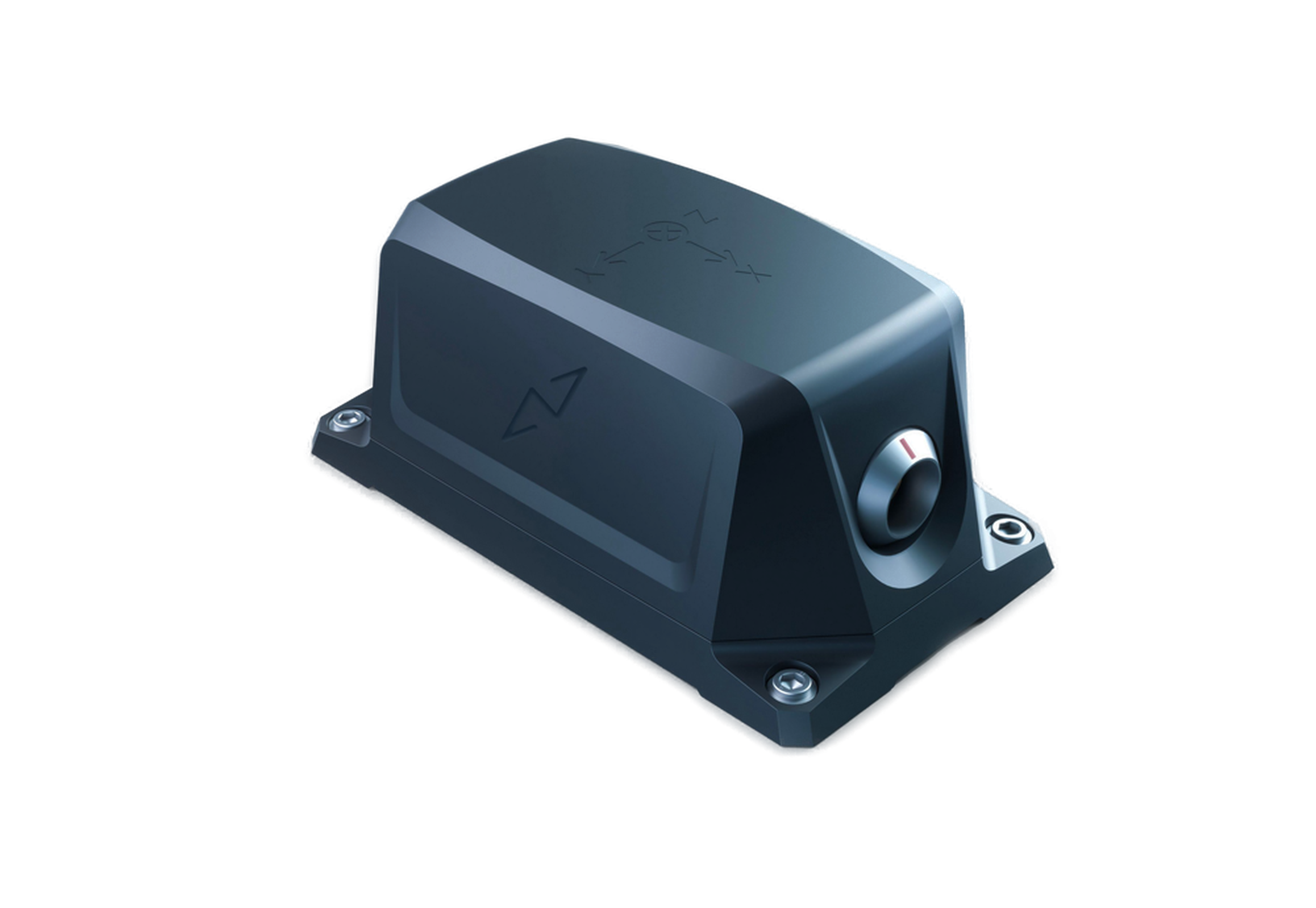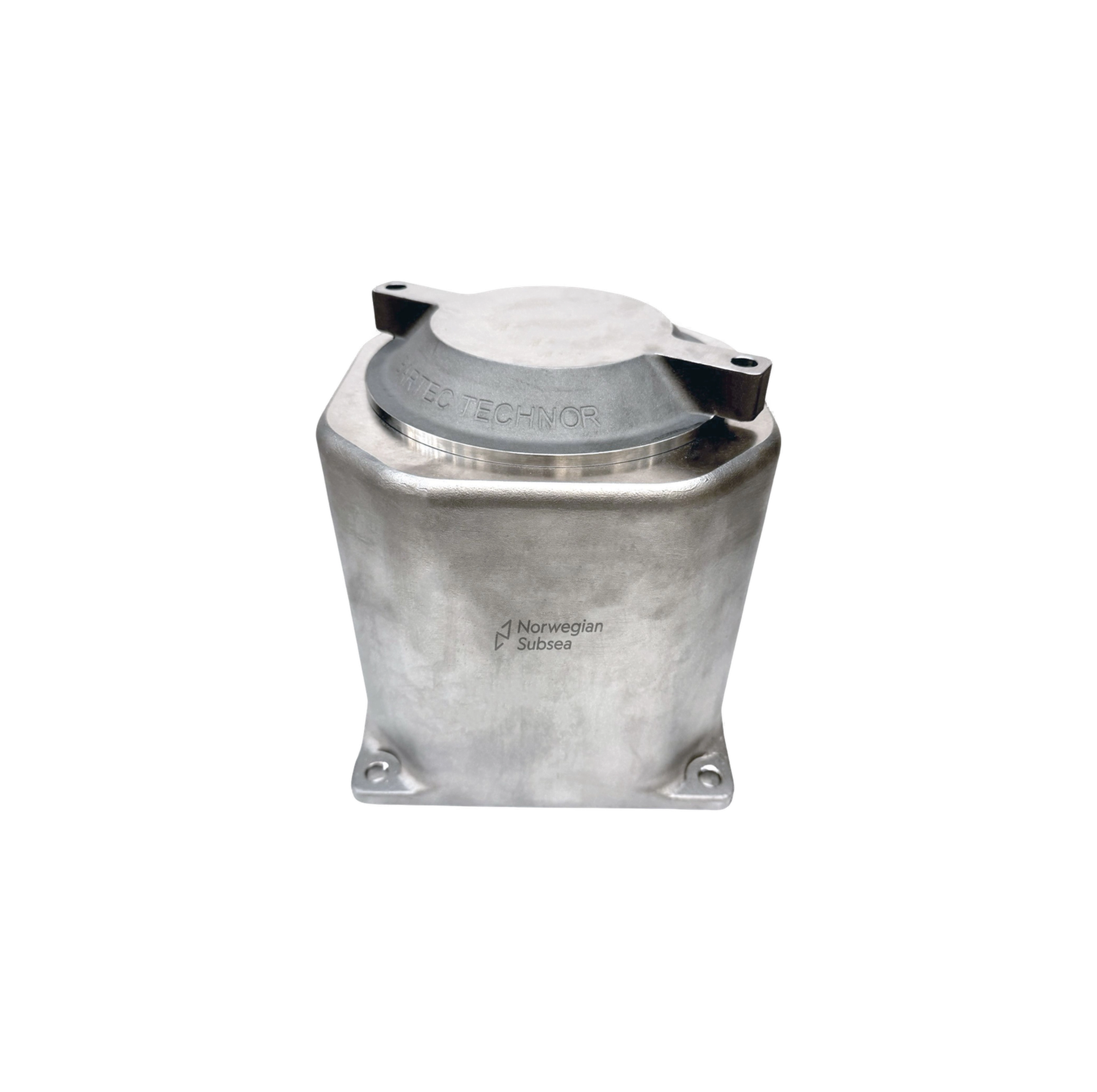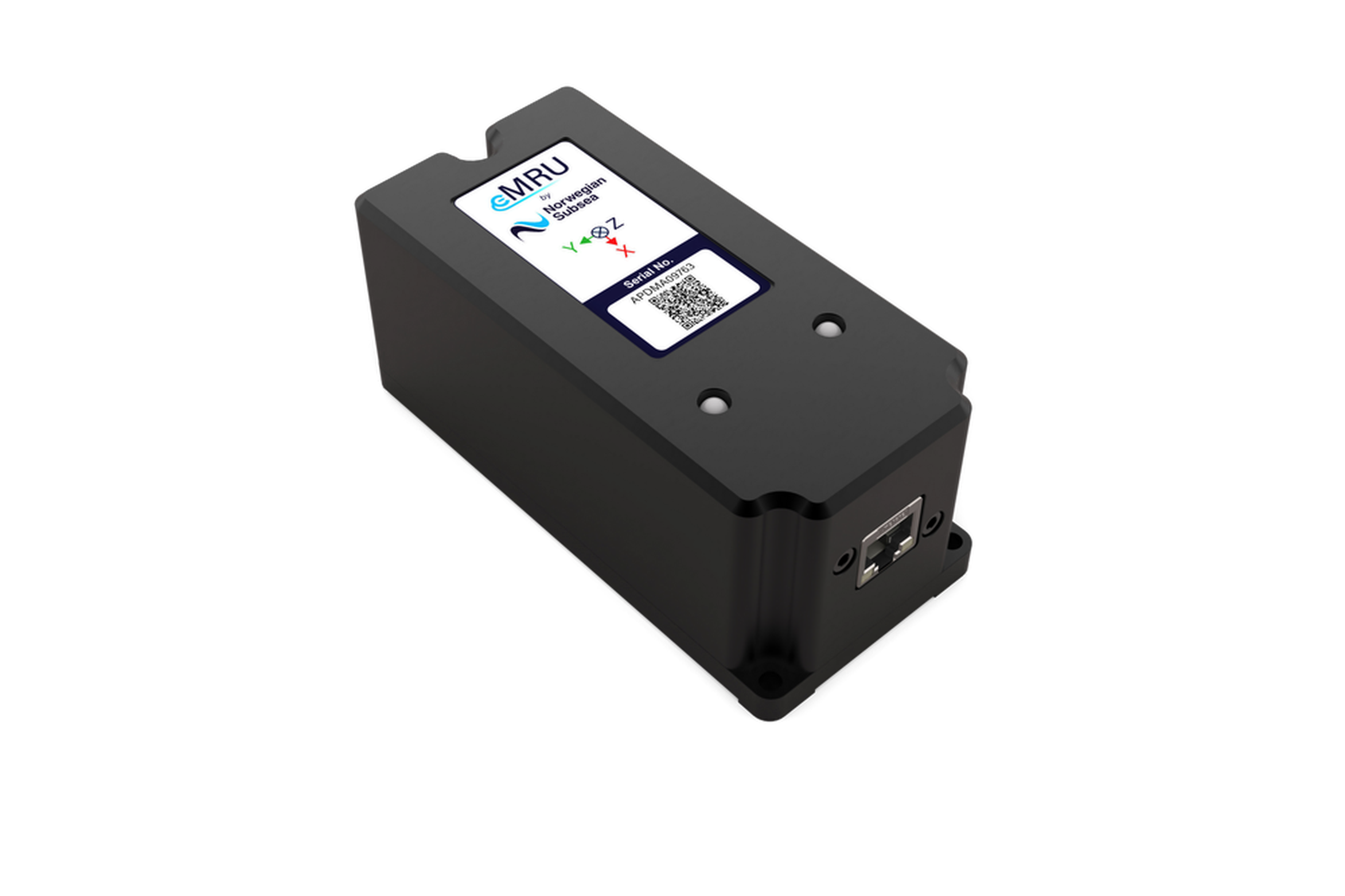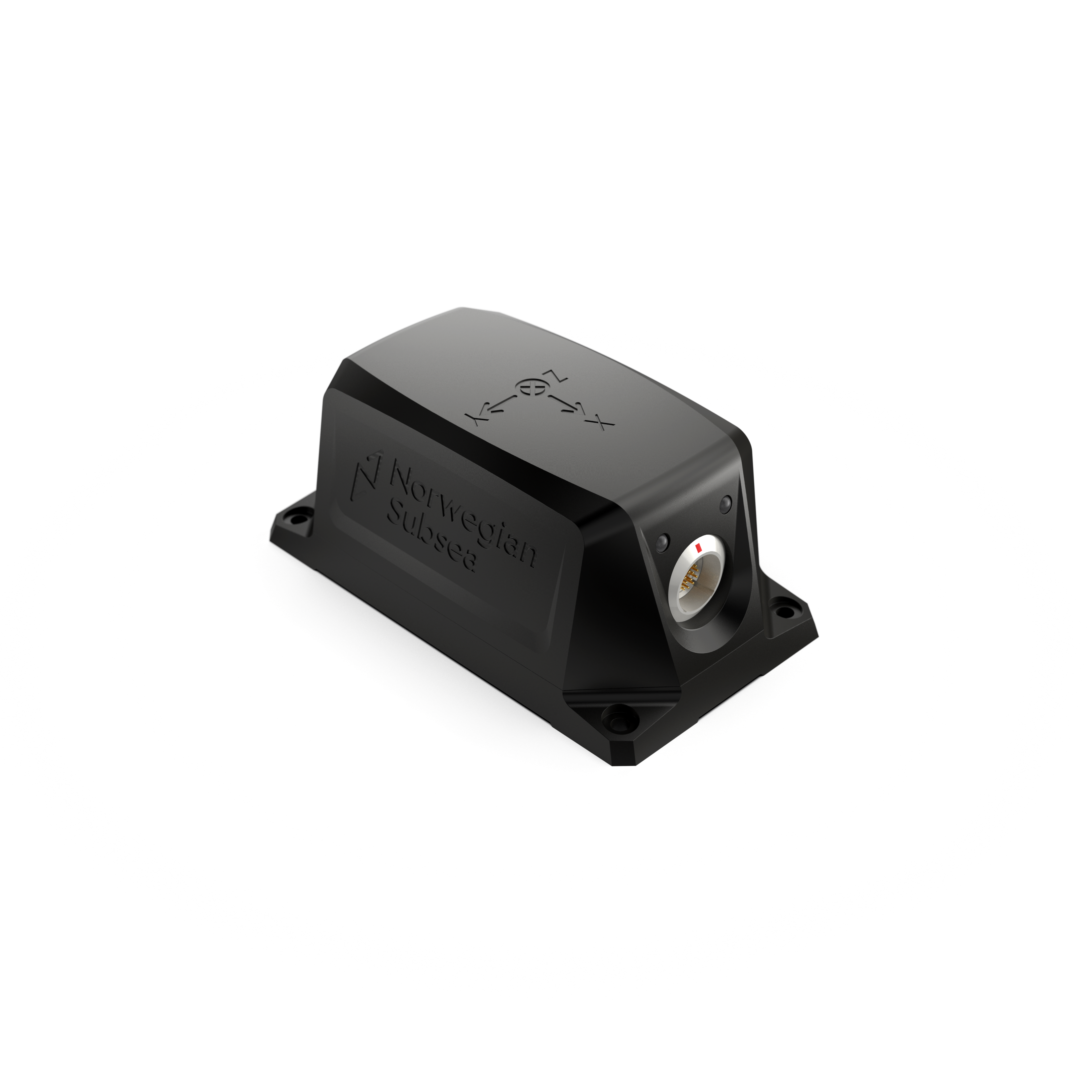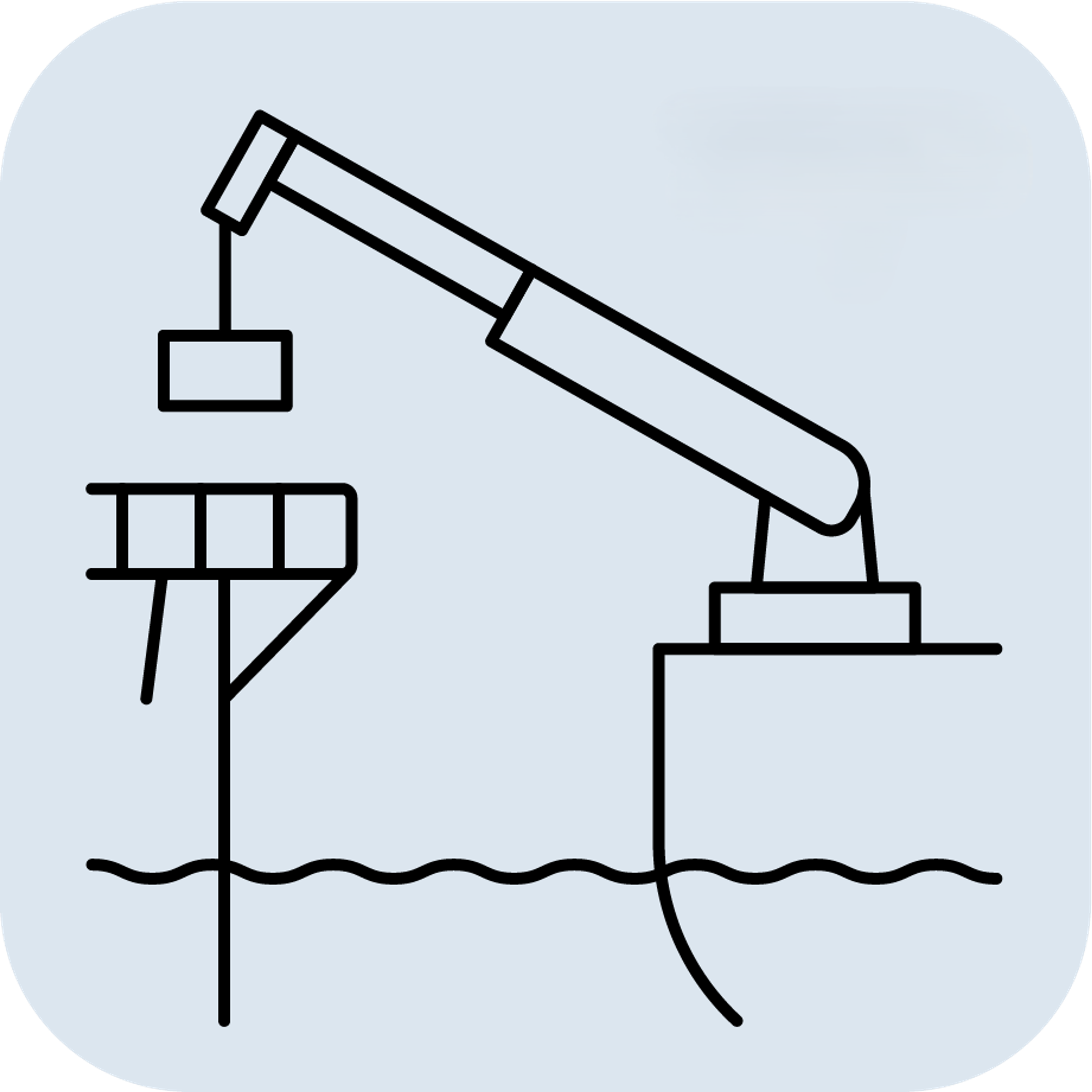How is a motion reference unit (MRU) used in offshore crane operations?
A Motion Reference Unit (MRU) is essential for safe and efficient offshore crane operations. Mounted on the vessel or platform, the MRU precisely measures the 6 Degrees of Freedom (6DoF) motion: Roll, Pitch, Yaw, Heave, Surge, and Sway.
The primary application in crane operations is Active Heave Compensation (AHC). The MRU provides high-accuracy, real-time heave (vertical motion) data to the crane's control system. This allows the winch system to actively compensate for the vessel's vertical movement caused by waves, keeping the crane hook and load stable relative to the seabed or a fixed structure.
Norwegian Subsea MRUs, deliver the high accuracy (up to ±0.01° Roll/Pitch) and reliability required for demanding AHC systems. Our sensors are rigorously tested in real sea conditions, ensuring robust performance. They integrate easily via standard protocols like Modbus TCP, Ethernet/IP, and UDP, and are often used as cost-effective drop-in replacements for older units in retrofit projects.
